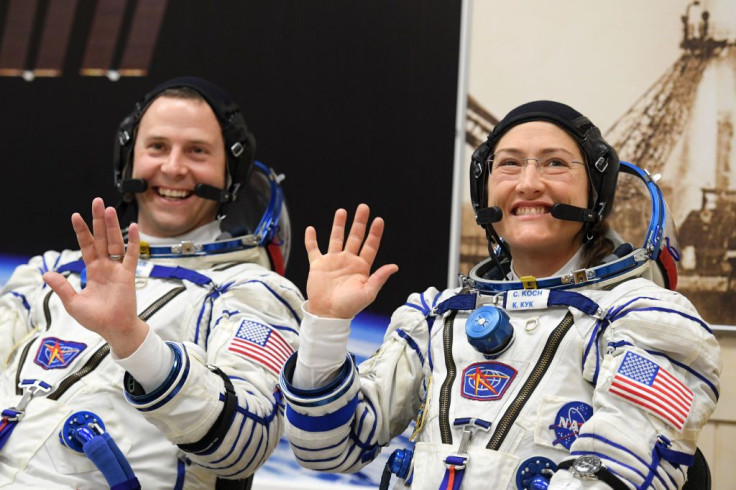US Moon Landing Mission A ‘Desperate’ Move To Maintain Supremacy Amid Space Race

NASA Administrator Jim Bridenstine announced the space agency’s commitment to bring American astronauts back to the moon in five years. The announcement was done during the fifth meeting of the National Space Council at the U.S. Space & Rocket Center in Huntsville, Alabama.
According to a report in the NASA website, Bridenstine was answering the challenge of U.S. vice president Mike Pence, who echoed NASA’s mandate to return Americans to the moon and lead a mission to Mars.
“It is the right time for this challenge, and I assured the Vice President that we, the people of NASA, are up to the challenge. We will take action in the days and weeks ahead to accomplish these goals. We have laid out a clear plan for NASA’s exploration campaign that cuts across three strategic areas: low-Earth orbit, the Moon, and Mars and deeper into space,” Bridenstine said.
“I have already directed a new alignment within NASA to ensure we effectively support this effort, which includes establishing a new mission directorate to focus on the formulation and execution of exploration development activities. We are calling it the Moon to Mars Mission Directorate,” he continued.
NASA is in a delicate position as it tries to maintain its leadership in the space industry. Some analysts see the scheduled lunar mission as a desperate move to maintain its standing, not only in space exploration, but also in the tech industry in general. The agency last stopped operating its Space Shuttle in 2011, relying heavily on expensive rides onboard Russia’s Soyuz spacecraft just to reach the International Space Station.
When it comes to flagship missions, NASA is alarmingly behind as U.S. President Donald Trump has been cutting the agency’s budget to some of its major projects such as the Wide-Field Infrared Survey Telescope (WFIRST) and the Plankton, Aerosol, Cloud, ocean Ecosystem (PACE) mission among others. The projects are viewed by space experts to give the same recognition to NASA the way the Hubble Space Telescope and the Chandra X-ray Observatory did.
In the Mars mission, NASA has some serious competition from China who is currently organizing their own mission to the Red Planet. The U.S. and China have a tech rivalry at the moment which some analysts refer to as a tech “cold war.”
The tech war is pitting U.S. and China against each other in becoming the largest player in tech, particularly in the 5G race. According to some, the U.S. has become so desperate to maintain its position that it is putting unnecessary pressure on Chinese tech companies such as Huawei.
In any case, the success of NASA’s moon mission can indeed put the country back to its glory days in space exploration. To do this, they may need all the help of private space groups such as SpaceX and Boeing to ensure that the agency keeps to its lunar schedule.
© Copyright IBTimes 2025. All rights reserved.





















